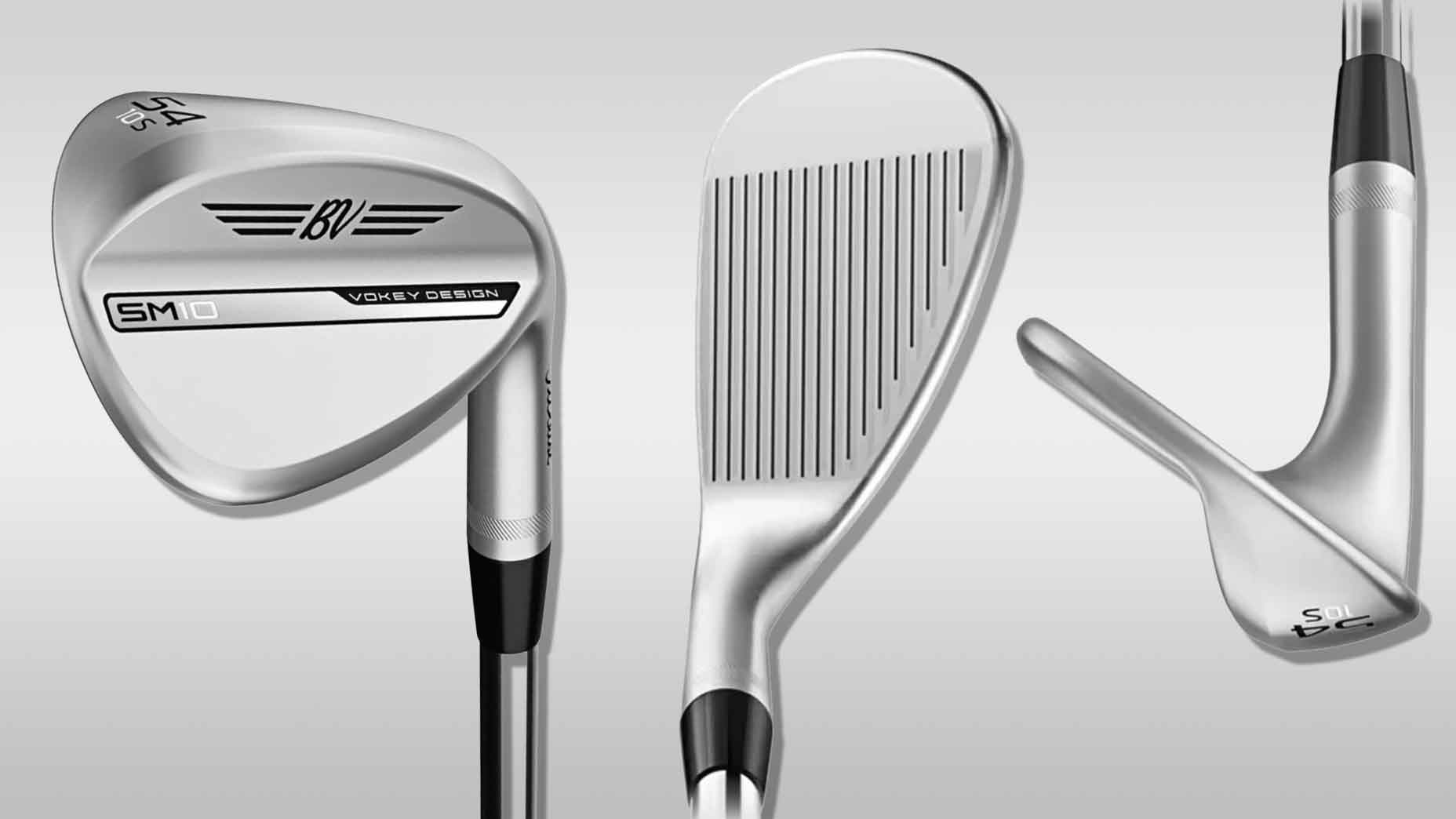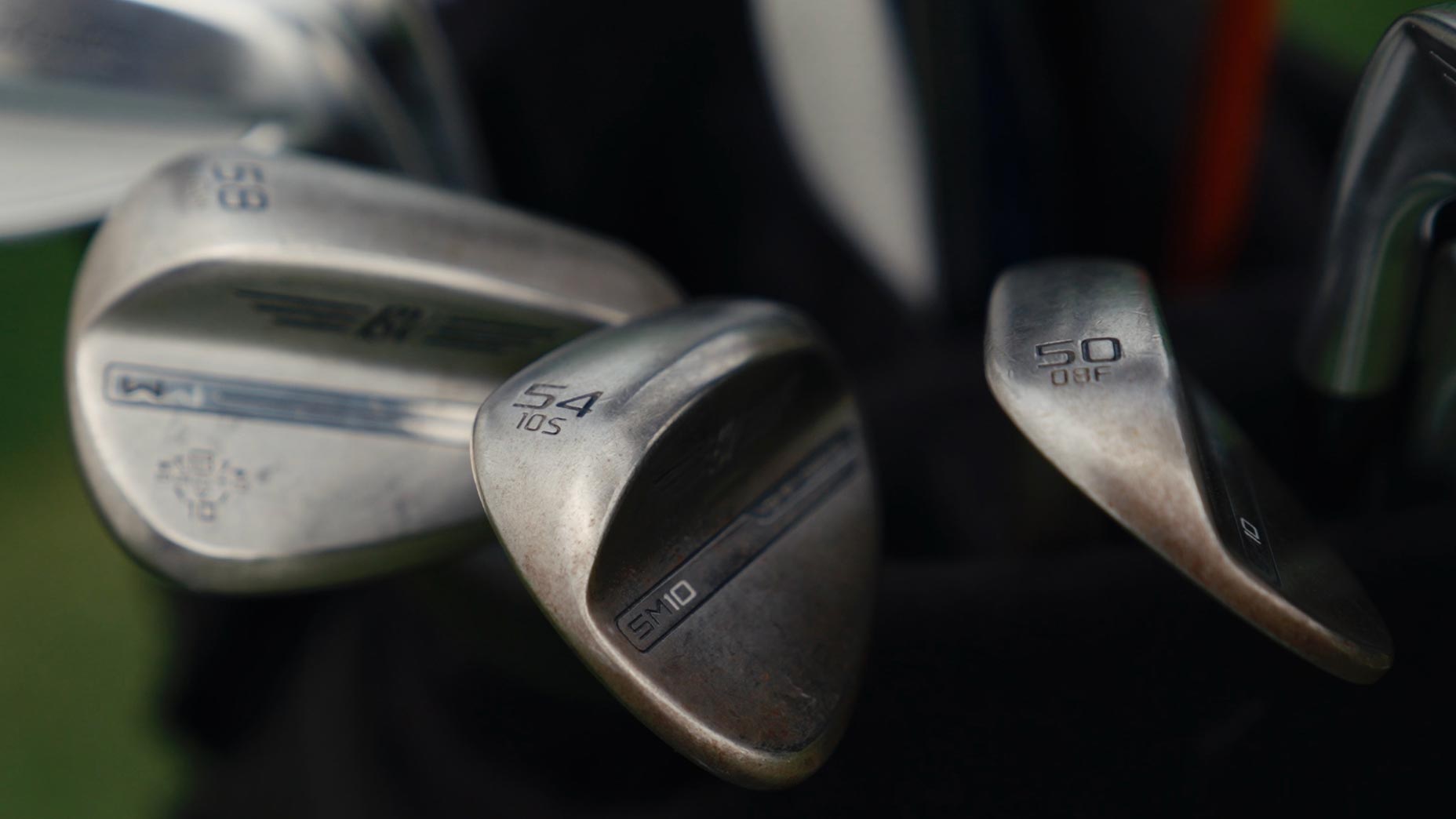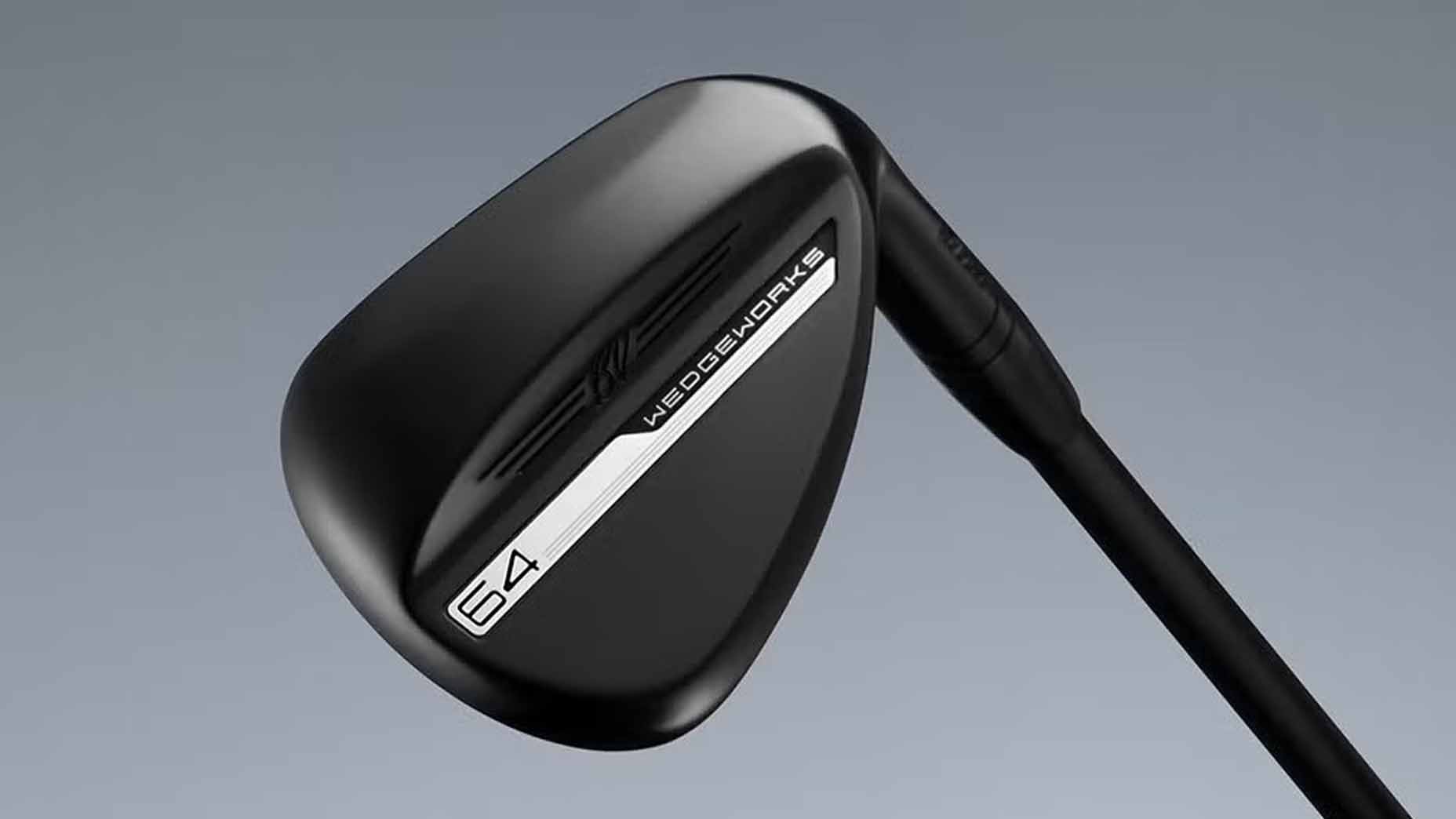 Add versatility to your short game with the year’s best-selling wedge
Add versatility to your short game with the year’s best-selling wedge
Fully Equipped mailbag: How long should each of your wedges be?
Welcome to another edition of the Fully Equipped mailbag, an interactive GOLF.com series in which our resident dimpleheads Jonathan Wall and Andrew Tursky field your hard-hitting gear questions.
What is the most common length incremental change for wedges on the PGA Tour? -@mdgates21 on Instagram
This is a great question because it brings up an often overlooked topic. Most golfers understand and value the importance of length when it comes to their driver or fairways woods, but they forget that the length of their irons and wedges plays a role in performance and feel.
It’s also a difficult question to answer because there’s no hard and fast rule when it comes to wedge length, and wedge length increments are different for most golfers on the PGA Tour.
Some golfers on the PGA Tour use wedges (46-60 degrees) that all measure the same length as their short irons with no variance. Some use wedges that are a half-inch shorter than their irons, and others employ a progressive length change in 0.25-inch increments between each wedge loft. Also, some golfers use three-wedge setups while others use four-wedge setups, throwing a wrench into any commonalities.
The answer to the question, unfortunately, is that it depends, but let’s get into some guidelines to help you out if you’re lost when it comes to wedge lengths.
First, take a look at the length of your shortest iron, which for most golfers is a 9-iron. Under almost all circumstances, you’ll want your wedge lengths to be exactly that length or shorter. If you decide to vary wedge lengths, make sure your lowest lofted wedge is the longest in length, and the highest lofted wedge is the shortest.
Then, take a look at the retail specifications for the wedges that are in your bag. Most manufacturers have designed their wedges to measure a certain length and weight, so veering away from that suggested length will affect swing weight and feel. You may need to add or subtract head weight to get the correct balance in the club if you decide to change up lengths. Shaft flex will also change when cutting or adding length, so be aware of that, too.
Before messing around with lengths, though, take a hard look at your own game and breakdown how you utilize your wedges. Let’s say you use your 52- and 56-degree wedges as full swing clubs, and a lob wedge strictly for shots around the green. In that case, maybe you’ll want the 52 and 56 to measure the length of your shortest iron, and the lob wedge a bit shorter for greater control. Or, maybe you’re more comfortable having all of the wedges measure the same length for consistency. Wedge length is very particular to each individual, so don’t feel constrained to one system.
Just remember a few rules when you’re tackling wedge lengths for your own game. In general, a longer club will fly farther and higher, but you’ll have less control. A shorter club, on the other hand, will be more difficult to produce speed and height, but it will provide more control.
If there’s any doubt about wedge lengths, make sure to consult a professional fitter. Deciding the correct length can be difficult in its own right, and then building the wedge to play the correct swing weight after making length adjustments can get even more complicated. That’s why club builders and fitters get paid the big bucks, so utilize their expertise.
Thanks for the question, @mdgates21!
To hear more gear insights from Jonathan Wall and True Spec’s Tim Briand, subscribe and listen each week to GOLF’s Fully Equipped podcast: iTunes | SoundCloud | Spotify | Stitcher
ADVERTISEMENT
ADVERTISEMENT




